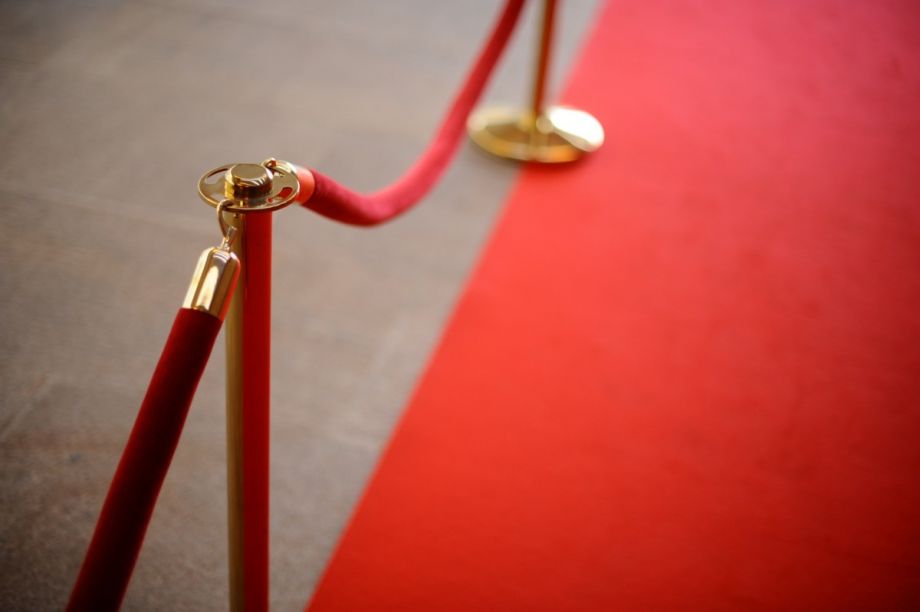In some parts of Los Angeles County, every day seems like the World’s Fair. There are neighborhoods where Korean, Spanish or Chinese are more common than English. The city attracted six million foreign visitors last year and has more Facebook “likes” than all but three other cities worldwide.
Los Angeles therefore might seem like a highly unlikely candidate to host a world’s fair. And yet, an enthusiastic coalition of boosters wants to bring the world to Los Angeles and reintroduce Los Angeles to the world seven years from now. As envisioned, the Los Angeles World’s Fair would run for up to two years, 2022-2023.
Ambitiously called Los Angeles World’s Fair (LAWF) — no “proposal” or “candidate city” about it — the group is promoting what it describes as a new type of World’s Fair, one that is fitting not only for Los Angeles but also for the 21st century. Traditional world’s fairs have centered on contrived mini-cities comprised of temporary, but often lavish, “pavilions” displaying countries’ cultural and technological prides and joy.
Rather than build dozens of potential white elephants in what amounts to an enormous parking lot, LAWF’s promoters want their event to melt into the fabric of the city — or, rather, the county. They envision a “distributed” fair in which pavilions are spread among the county’s 88 cities, inviting visitors to explore the entire metro area at the same time that they explore the world.
“The idea (of) being integrated into the cityscape rather than being allotted a single site somewhere outside of the city, which might be difficult to reach and creates its own limitations, is a new way of thinking about it,” says Barry Howard, an architect who has worked on world’s fairs and other exhibitions and describes himself as LAWF’s “in-house guru.”
“We are looking for a ‘world’s fair/world expo 2.0’ wherein we show the rest of the world this is how the new model looks,” says Dotty Kaminsky, founding executive director of LAWF.
Kaminsky and her colleagues take their cues not necessarily from other world’s fairs but rather from the 1984 Los Angeles Olympics. Those Olympics famously made a profit — a rarity for Olympics and other mega-events — by using existing facilities and aggressively seeking private-sector sponsorship.
The promoters are under no illusions that Los Angeles or any of the county’s other cities have any interest in funding an event that does not yet have a price tag but that could cost billions. They are hoping to get support in part from real estate developers and related companies (engineering firm Psomas and architecture firm Gensler are supporters) who would be willing to create pavilions and then adapt or recycle them for other, permanent uses.
“The organizational implementation of this event is so much more intense than the Olympics,” says Loren Sokolow, CFO of Los Angeles-based engineering firm Psomas.
With events throughout the region, promoters envision the fair as an opportunity also to show off what will, by then, be one of the most extensive public transit networks in the country. The Los Angeles Metropolitan Transportation Authority has built a half-dozen rail lines in the past two decades and is scheduled to add new lines and extensions by the time the fair would open. Kaminsky says that the group has identified over 100 sites within a half-mile radius of a major transit stop that could serve the fair.
Reflecting the focus on transportation, the fair’s theme would be “Connected City, Connected World.” (This year’s fair in Milan focuses on feeding the world, a first for a world’s fair. The U.S. pavilion features food trucks, celebrity chefs and a vertical farm.) Kaminsky says that Metro’s board has shown interest in the proposal. No major public entities in the county have officially endorsed the fair yet.
Los Angeles has a history of taking major events in stride, like the time it stepped in to host Women’s World Cup matches, including the finals, in 2003. “The biggest hurdles are what’s referred to as the NIMBYs that don’t want anything built in their neighborhood,” says Kaminsky. “I don’t see a challenge globally.”
The U.S. isn’t a member of the Paris-based Bureau International des Expositions (BIE), which sponsors “official” world’s fairs, but L.A. boosters are intent on soliciting countries’ participation based on the strength of their concept and the appeal of the city. There is U.S. competition: A group in Minnesota has announced its intention to bring a BIE-endorsed World’s Fair to the Twin Cities, also in 2023. Either event would be the first world’s fair in the United States since the 1984 Louisiana World Exhibition, which was, ironically, overshadowed by the Olympics.
Kaminsky and other supporters have completed a $50,000 crowdfunding effort and are preparing to raise between $1 million and $10 million in the coming year.
“What we’re trying to do is spark interest among the movers and shakers in the Los Angeles area to provide at least enough funding for us to document this concept, show it’s economically sustainable,” says Kaminsky.
The Equity Factor is made possible with the support of the Surdna Foundation.
Josh Stephens is a freelance writer based in Los Angeles. His work has appeared in the Los Angeles Times, Planning Magazine, Sierra Magazine, the Huffington Post and the Los Angeles Review of Books. He is a contributing editor to the California Planning & Development Report and Planetizen. His website is joshrstephens.net.
Follow Josh .(JavaScript must be enabled to view this email address)




_920_518_600_350_80_s_c1.jpg)












